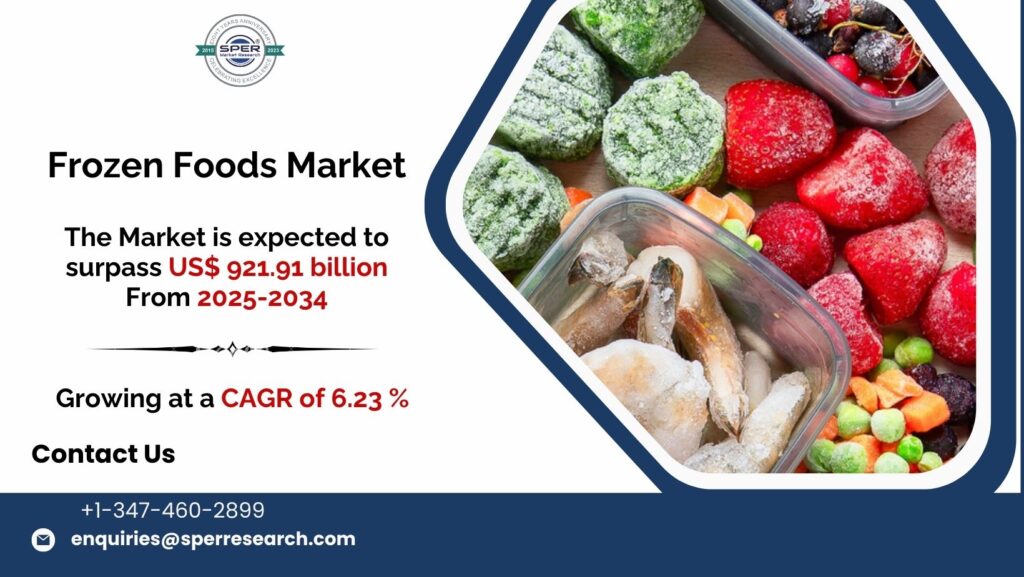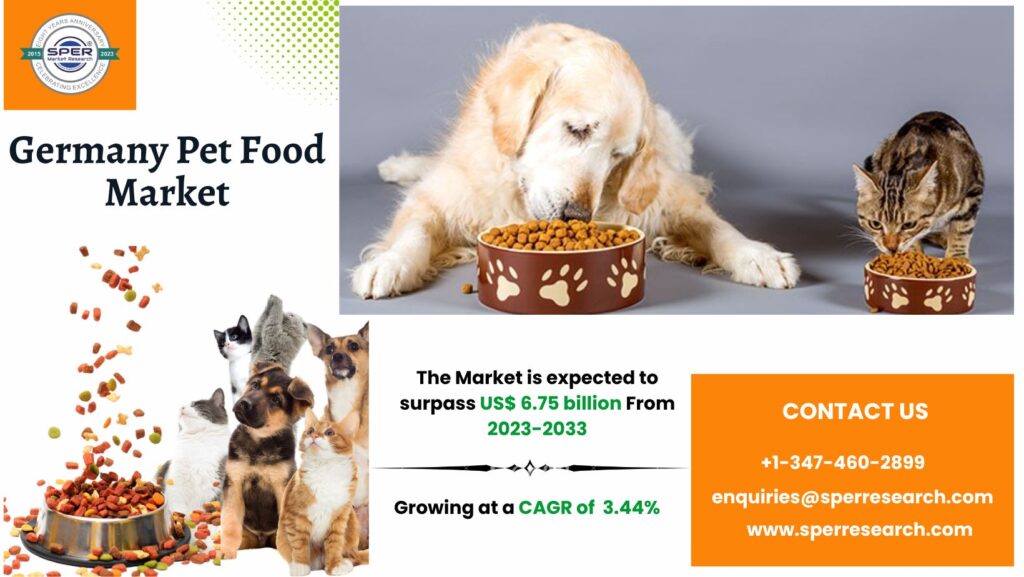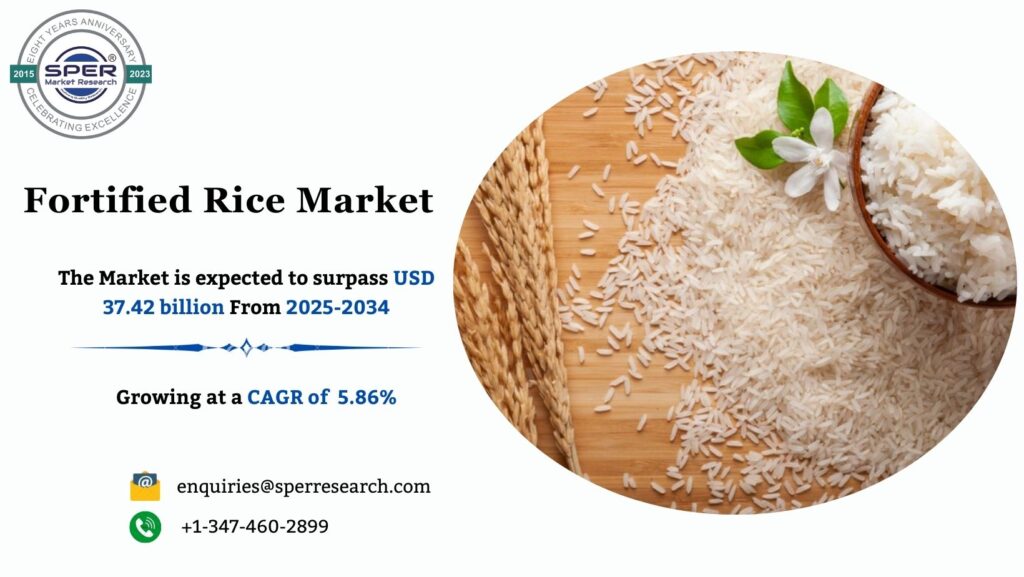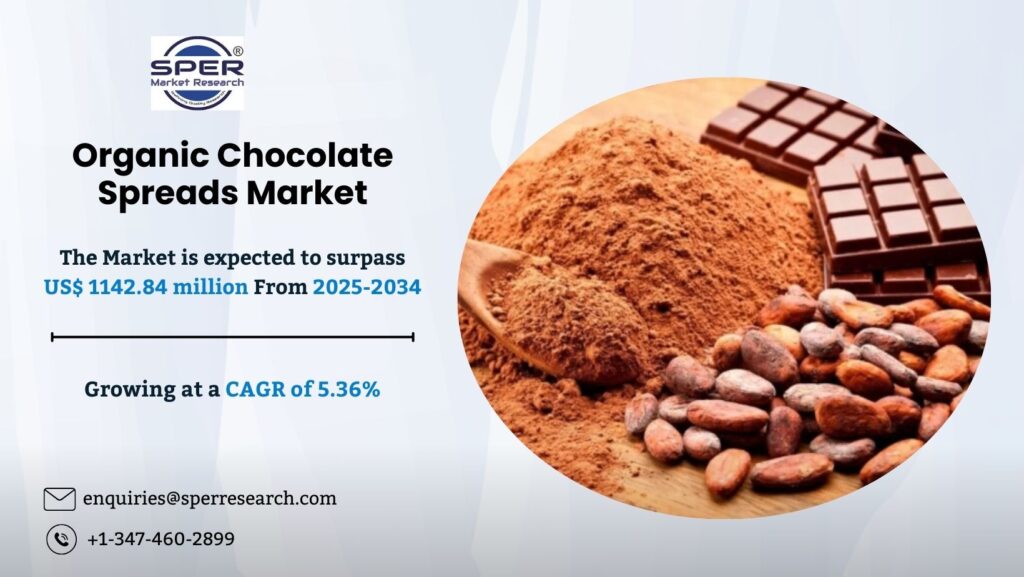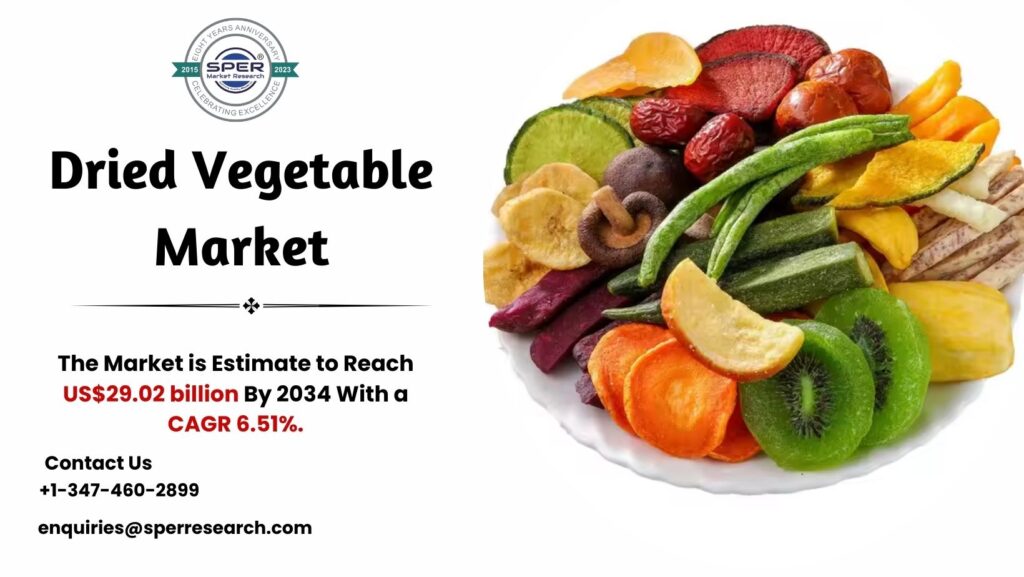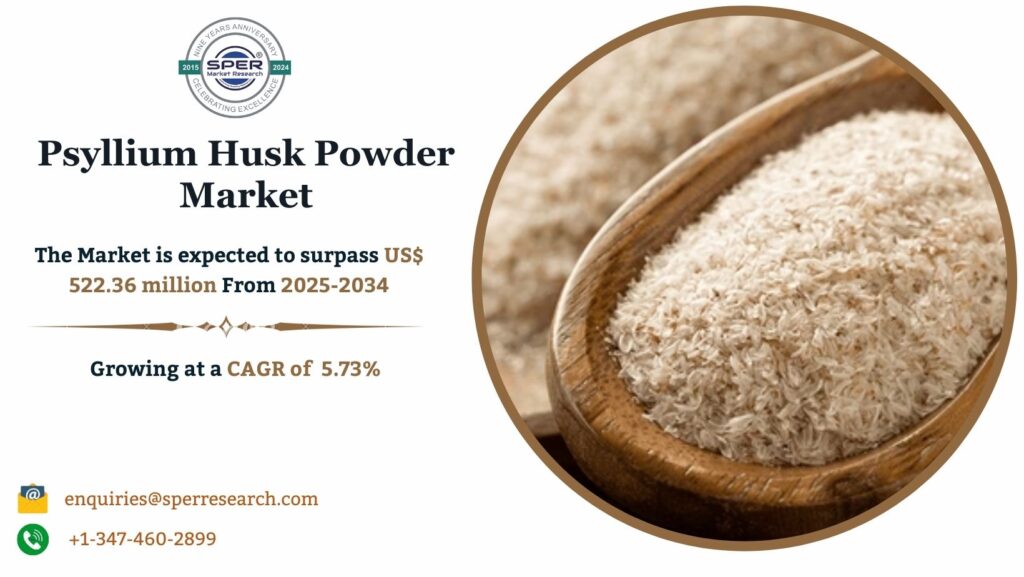Mineral enrichment substances are essential minerals that are added to food, beverages, dietary supplements, animal feed, and pharmaceuticals to increase their nutritional content. By promoting bone strength, immunological response, metabolism, and general physiological well-being, these minerals—which include calcium, magnesium, iron, zinc, selenium, iodine, and potassium—are essential for both human and animal health. To improve bioavailability and functioning, these minerals are available in a variety of chemical forms, including citrates, lactates, and gluconates. The goal is to correct common dietary deficiencies, such as those that lead to osteoporosis (calcium insufficiency) and anaemia (iron deficiency).
According to SPER market research, ‘Mineral Enrichment Ingredients Market Share, Growth, Trends, Key Players and Future Outlook’ states that Global Mineral Enrichment Ingredients Market is projected to be worth 2.33 billion by 2034 and is anticipated to surge at a CAGR of 4.14%.
Drivers:
The market for mineral enrichment additives is expanding due to government fortification programs, growing demand for functional foods, growing health consciousness, and the increase of dietary supplements. The increasing consumer emphasis on nutritional supplements and preventative healthcare is one of the main development drivers. Fortified meals, drinks, and supplements that promote bone strength, cognitive function, immune system health, and general well-being are actively sought for by consumers. Mineral-enriched goods are becoming increasingly popular in international markets as lifestyle disorders including diabetes, iron-deficiency anaemia, and osteoporosis grow more common. The market is growing as a result of the functional food and nutraceutical industries’ explosive growth. Another important motivator is government-mandated food fortification initiatives.
Request a Free Sample Report: https://www.sperresearch.com/report-store/mineral-enrichment-ingredients-market?sample=1
Restraints:
The market for mineral enrichment additives has a number of obstacles pertaining to consumer preferences, formulation compatibility, bioavailability, and regulatory compliance. Since not all mineral sources are readily absorbed by the body, mineral bioavailability is one of the largest obstacles. Numerous conventional mineral supplements, including zinc oxide, calcium carbonate, and iron sulphate, have poor absorption rates and possible adverse effects such gastrointestinal distress. Food and beverage producers also face formulation challenges related to taste, texture, and stability. In fortified food, some minerals, such iron and zinc, can result in discolouration, texture changes, and metallic aftertastes. Another obstacle is the price of high-quality mineral enrichment treatments, especially for low-income groups and developing markets that need reasonably priced nutritional interventions. Mineral Enrichment Ingredients Market is dominant in North America as customers actively seek out products with additional nutritional value, and the country has a well-established health and wellness culture. Some major market companies are ADM WILD Europe GmbH & Co.KG, Barry Callebaut, Blommer Chocolate Company, Buhler AG, Cargill, Incorporated.
For More Information, refer to below link: –
Mineral Enrichment Ingredients Market Share
Related Reports:
Follow Us –
LinkedIn | Instagram | Facebook | Twitter
Contact Us:
Sara Lopes, Business Consultant — USA
SPER Market Research
enquiries@sperresearch.com
+1–347–460–2899

